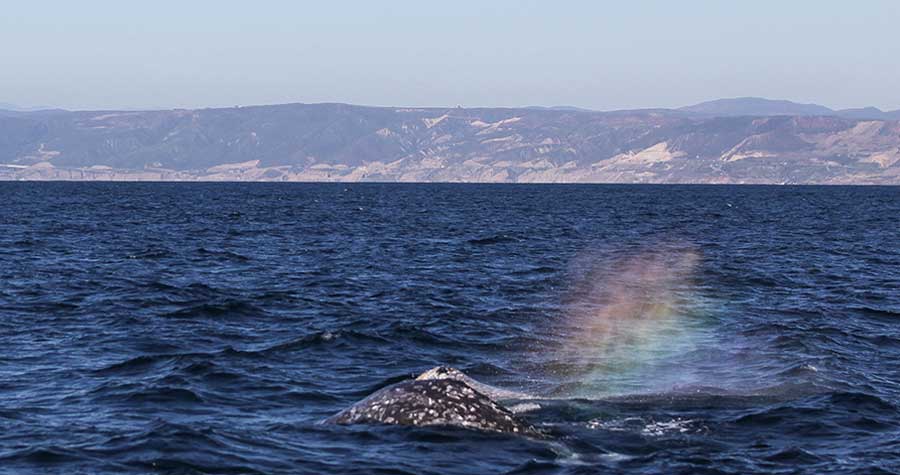M Gallery, CICA Museum
April 23 – 27, 2025
2025.4.23 – 4.27
The beginning of the work happened when I was steadily finding my voice in environmental conservation by combining my knowledge of science and art. With this union, I hoped to further the global dialogue concerning ‘wicked’ conservation issues and the intricate socio-ecological relationships inherent within them. This idea paved the way for me to explore diverse storytelling methods and formats, demonstrating my dedication to environmental issues. Leveraging my background in biology, I wished to offer unique insights that bring an additional layer of depth to my art. I aspire to portray a scientific, objective, and behavioral understanding of animals, steering clear of excessive romanticism. This body of work, When We Say Vaquitas What Are We Talking About, is an agile blend of conservation concerns and empathetic storytelling. This work discusses the complex socio-ecological dynamics involving Vaquitas. I approached their situation through the perspectives of different stakeholders, such as a conservation biologist, a local fisherman, a Sea Shepherd crew member, and a student in a marine lab, all tied together by the fate of the Vaquita. This work underscores the importance of understanding the interconnectedness of life, reminding us of the role humans play in preserving or endangering species. As an undergraduate, I studied vaquita conservation at the Duke University Marine Lab. Vaquitas are the world’s most endangered marine mammal—and also the smallest. Native only to the northern Gulf of California, these porpoises are most often unintentionally killed by fishermen in pursuit of totoaba fish. (Totoaba bladders are illegally exported to Asia for their supposed medicinal value.) For the first two years of this project, I approached it from a scientific perspective and from that point on, I approached it from an artist’s perspective. My initial idea was to document a week aboard a Sea Shepherd Conservation Society ship, a non-profit on the frontlines of marine wildlife conservation. But in March 2019, when I arrived in San Felipe, Mexico, where the Sea Shepherd vaquita mission ship docked, I learned that I couldn’t join the crew. Ongoing confrontations with local totoaba fishermen were growing more serious. My plan of making a film basically fell apart. But I started to talk to people in town. I realized that when we talk about conservation, or saving vaquitas, it’s not just the animal we are talking about. There is a whole ecosystem of community. I decided to not only show the work of Sea Shepherd, but to show how a big circle of people is changing just because of one small animal. I brought the human characters in the vaquita’s story to life in an illustrated book that examines four individual’s varying relationships to the animal: a conservation biologist, a local fisherman, a Sea Shepherd crew member, and a student in a marine lab. The beginning of When We Say Vaquitas What Are We Talking About introduces these four characters. It starts in 1958, when the vaquita was first scientifically described. The characters’ experiences merge in 2020, with the vaquita at the center of the hurricane. As the lives of the last remaining Vaquitas hang by a thread, their fragile presence glimmers in the dark, and conflict between different parties of interest elevated. Everybody is fighting to live, just like the Vaquitas are fighting to survive. I am documenting the fleeting moments in the fracture of life and time, where Vaquitas’ existence suspended between light and extinction. I can only decide how faithfully I tell a story, but I hope to give people a broader understanding, and help them feel the closeness of what is happening in their hearts.
I am a biologist and artist that tells stories with a camera. Through photography and film, I advocate a scientific understanding of our environment, while also conveying the complexity of our relationship with it. I hope to gently nudge people to appreciate the intricate interconnectedness of life on Earth. My work emphasizes the role of human empathy and understanding in the quest for biodiversity conservation and sustaining our planet for future generations. My rationale is to share and present what I’ve learned, understood, and experienced through my art. Rather than trying to “impact and change the world”, I prefer the long-term, slow and steady approach, much like the flow of a tranquil brook in a pastoral landscape.

